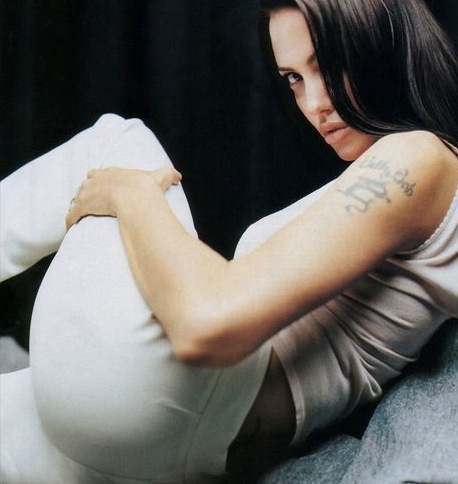The Ford Fiesta is a front wheel drive supermini/subcompact manufactured and marketed by Ford Motor Company and built in Europe, Brazil, Argentina, Mexico, Venezuela, China, India, Thailand and South Africa. The current-generation Fiesta is marketed worldwide.
By 2010, the sixth-generation (Mark VI) Fiesta had been introduced worldwide, including in the United States and Canada—making it the first Fiesta model to be sold in North America since 1980.
The Fiesta was originally developed under the project name "Bobcat" and approved for development by Henry Ford II in September 1972. Development targets indicated a production cost US$100 less than the current Ford Escort. The car was to have a wheelbase longer than that of the Fiat 127, but with overall length shorter than that of Ford's Escort. The final proposal was developed by Tom Tjaarda at Ghia. The project was approved for production in autumn 1973, with Ford's engineering centres in Cologne and Dunton (Essex) collaborating.
Ford estimated that 500,000 Fiestas a year would be produced, and built an all-new factory near Valencia, Spain; a transaxle factory near Bordeaux, France; factory extensions for the assembly plants in Dagenham, UK, and Saarlouis, Germany. Final assembly also took place in Valencia.
When Ford of Europe began to design the car, the design proposals were named Iris, Beta, The Deutschlander (from Ford's Cologne studios), Mini-Mite, and the Blue Car (from Ghia). Codenames for the Fiesta prototype included Torino, but it became Project Bobcat.





















No comments:
Post a Comment